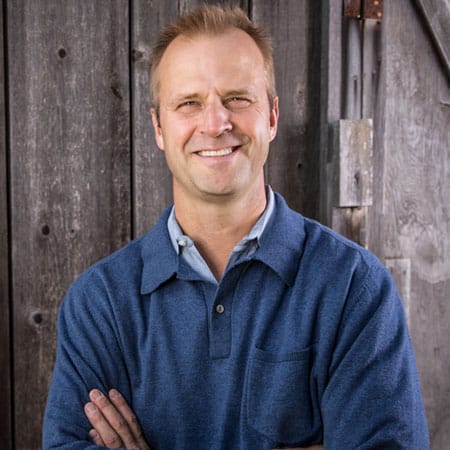New Perspectives
 |
| Joe Whitworth |
My good friend and visionary in the field of water, Dr Sudhir Murthy gave an excellent presentation on research and innovation for water utilities, though I have to say that Bernhard Wett stole the show in his introduction to Sudhir by describing him as "non-linear"! Not sure why that tickled me so much, but maybe it's because he's such an intriguing and interesting fella that's impossible to label him. Nice one Bernie!
 |
| Poop-talk radio! |
New Experience
Thanks to WaterOnline.com I had the opportunity to do a radio interview on the topic of Big Data. I wasn't quite sure what to expect going in to the interview but it actually good fun. Big Data, the Internet of Things, Smart Utilities and the like, are hot topics that are gaining a lot of interest with a whole bunch of people. See my previous blog for more info...New Responsibilities
This year I took over the reins of the Municipal Resource Recovery Design Committee (MRRDC). This is one of the largest committees of WEF and is tasked with upholding the quality of design for treatment facilities. Amongst many things, we are heavy involved in the iconic "Manual of Practice #8" or MOP8, which is used extensively in North America for treatment plant design. We also help develop other technical documents and workshops for WEFTEC. My predecessor, Dr Art Umble, did an excellent job as the previous chair, ending up being recognized as a Fellow of WEF. I jokingly said that my main job was to not screw up the good things he started! Hopefully I'll do a little better than that.New Technologies
No self-respecting poop engineer could blog without mentioning the cool technologies in the exhibit hall. Aerobic Granular Sludge (AGS) is causing quite a buzz in the poop-treatment industry and my firm is in the mix teaming with Royal HaskoningDHV, the developers of the Nereda process. Another technology causing a stir is GE's new "Zeelung" membrane aerated biofilm reactor (MABR) process which, on paper, can give up to 100% oxygen transfer efficiency (OTE) and in practice is giving at least 50%. This is a game-changing technology in my book as it at least doubles the energy efficiency. Watch this space for more (or check out the video below)!New Cullinary Delights!
Oh boy, if you're ever in New Orleans, you must try the Trinity restaurant. In a city known for good food, this has to be one that's near the top of the pile. (Which reminds me, I must go to TripAdvisor and leave a review - 6 stars out of 5, I'm thinking). We had a dinner with a client group on Monday evening at which I had a crab-filled beignet for starter, a fabulous pork shank for main and possibly the best desert I've ever had to finish (some kind of macadamia nut desert with a subtle caramel sauce and mango - I can't even begin to describe it adequately!). On Wednesday night I was invited out by the good folks at S::CAN for a dinner and to my delight, they picked the same restaurant! This time I was able to try their lamb chops which I swear had chocolate in the sauce (some kind of molé perhaps?) - it was equally awesome!So another WEFTEC is done. I think it was one of the best for me personally and hopefully for the 20,000 others who attended. Let's see if WEFTEC 2017 in Chicago can top it!









